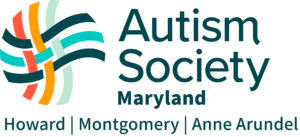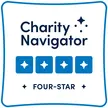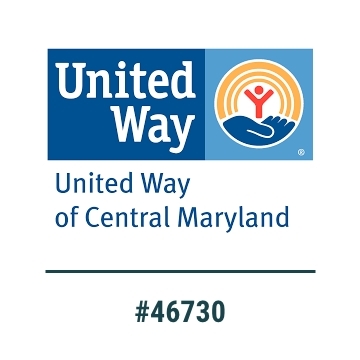What is LRE?
The Least Restrictive Environment (LRE) is one of the six main principles of the Individuals with Disabilities Education Act (IDEA). LRE is a term that simply means being in a general education classroom where students with and without disabilities are learning together.
The purpose of LRE is to ensure equal opportunity for learning.
The LRE Requirement
To make good on that promise, Congress specifically defined LRE in the law. The IDEA states, “that to the maximum extent appropriate, children with disabilities… are educated with children who are nondisabled,” “as close as possible to the child’s home,” “in the school he or she would attend if not disabled.” Congress was wise enough to recognize that the general education classroom would not be the best place for all students with disabilities; so a requirement is included in the IDEA that states when a child is taken out of general education classes and placed in separate classes or schools, that should occur “only if the nature or severity of the disability is such that education in regular classes with the use of supplementary aids and services cannot be achieved satisfactorily.” [20 U.S.C. 1412(a)(5)(A)]
Decision-Making Process for Least Restrictive Environment
The IDEA requires that the placement team (the child’s IEP team) considers the following based on the individual child’s unique circumstances, present levels of performance, goals, services, and supports.


























